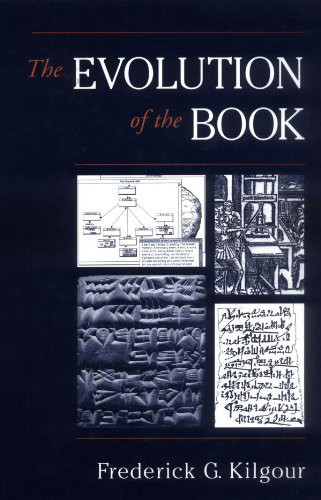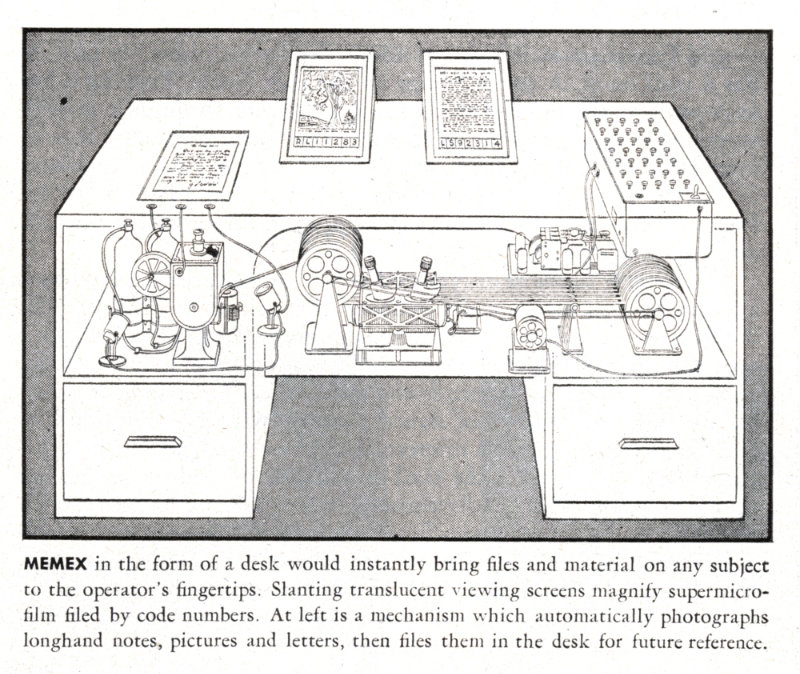Barry B. Powell: Writing: Theory and History of the Technology of Civilization (2009)
Filed under book | Tags: · alphabet, cuneiform, history of technology, language, technology, writing

“In this book the author explores writing not tied to speech, and traces the origins of writing tied to speech from ancient Sumer through the Greek alphabet and beyond. The book examines the earliest evidence for writing in Mesopotamia in the fourth millennium B.C., the relations of these systems to Ancient Egyptian, Chinese, and Mesoamerican writing, the origins of purely phonographic systems, and the mystery of alphabetic writing. With examples from contemporary and historical writing systems, and many illustrations, it shows how the structures of writing served and do serve social needs and in turn create deep patterns of social behavior.”
Publisher Wiley-Blackwell, 2009
ISBN 1405162562, 9781405162562
276 pages
Review (L. R. Siddall, Bryn Mawr Classical Review, 2010)
Comment (0)Frederick G. Kilgour: The Evolution of the Book (1998)
Filed under book | Tags: · book, codex, e-book, history of technology, hypertext, library, networks, paper, print, publishing, technology, writing

A concise book by the professor in library and information science who, in the late 1960s, helped to establish the Online Computer Library Center (OCLC), a worldwide consortium of library databases.
Writing from the perspective of history of technology, Kilgour investigates the book’s three discrete forms–the clay tablet, papyrus roll, and codex–before turning to the electronic book.
Publisher Oxford University Press, New York, 1998
ISBN 0195118596, 9780195118599
180 pages
Review (Robert J. Brugger, Technology and Culture, 2001)
Review (Bruce Whiteman, Huntington Library Quarterly, 1998)
PDF (12 MB)
Comment (0)James Nyce, Paul Kahn (eds.): From Memex to Hypertext: Vannevar Bush and the Mind’s Machine (1991)
Filed under book | Tags: · book, computing, history of computing, history of technology, hypertext, reading, technology, writing
“Vannevar Bush, the engineer who designed the world’s most powerful analog computer, envisioned the development of a new kind of computing machine he called Memex. For many computer and information scientists, Bush’s Memex has been the prototype for a machine to help people think.
This volume, which the editors have divided into sections on the creation, extension, and legacy of the Memex, combines seven essays by Bush with eleven others by others that set his ideas within a variety of contexts. The essays by Bush range chronologically from the early “The Inscrutable Thirties” (1933), “Memorandum Regarding Memex” (1941), and “As We May Think” (1945), to “Memex II” (1959), “Science Pauses” (1967), “Memex Revisited” (1967), and a passage from “Of Inventions and Inventors” (1970). Bush’s essays are surrounded by four chapters that place his changing plans for the Memex within his career and within information technology before digital computing.”
Contributors include Larry Owens, Colin Burke, Douglas C. Engelbart, Theodor H. Nelson, Linda C. Smith, Norman Meyrowitz, Tim Oren, Gregory Crane, and Randall H. Trigg.
Publisher Academic Press, San Diego and London, 1991
ISBN 0125232705, 9780125232708
367 pages
via Marcell Mars, in the Unlimited Edition
Memex animation (1995)
Review (George P. Landow, The Journal of Computing in Higher Education, 1992)
Review (Matthew Wall, College & Research Libraries, 1992)
Review (Liam Murray, ReCALL, 1993)


